In a world dominated by screens and digital distractions, the simple act of shaping clay with bare hands has become a revolutionary act of creative rebellion for children. Childhood pottery education isn't merely about making cute ashtrays for parents - it's a profound sensory experience that shapes developing minds in ways modern toys cannot replicate.
The moment a child's fingers first sink into cool, malleable clay marks the beginning of an extraordinary neurological journey. Unlike the passive consumption of digital content, pottery demands full bodily engagement - the squish between fingers, the resistance against palms, the gradual transformation under persistent pressure. This tactile dialogue between creator and material stimulates neural pathways associated with both motor skills and abstract thinking simultaneously.
Educators at progressive Montessori schools have observed remarkable focus in children working with clay, even those typically diagnosed with attention disorders. The material's inherent limitations - it can only be pushed so far before collapsing - teach young minds about natural consequences without verbal reprimands. A vase wall pinched too thin will crumble, demonstrating physics and material science more effectively than any textbook diagram.
Beyond cognitive development, the pottery studio becomes an emotional equalizer where language barriers dissolve. Non-verbal children often express complex emotions through their clay creations, while overly verbal ones learn the value of quiet concentration. The shared experience of creation fosters unspoken camaraderie among young artists, as they witness each other's struggles and triumphs with the stubborn material.
Modern research in childhood development confirms what ancient cultures knew instinctively - the act of creating physical objects from raw materials satisfies fundamental human needs. In an era where most toys come pre-assembled with predetermined functions, clay returns agency to the child. That lump of earth can become a dinosaur, a coffee mug, or an abstract sculpture depending solely on the creator's imagination - a radical concept in today's consumerist culture.
The psychological benefits extend beyond the studio. Children who regularly engage in pottery demonstrate improved problem-solving abilities in academic subjects, particularly in spatial mathematics. Teachers report these students approach geometry problems with unusual creativity, visualizing solutions in three dimensions rather than relying on rote formulas.
Perhaps most importantly, pottery teaches the value of imperfect creation in an Instagram-perfect world. A lopsided bowl fired in a kindergarten kiln carries more educational value than flawless digital art created with滤镜. Children learn to embrace the "happy accidents" that occur when organic materials resist total control - a lesson that serves them well in adulthood's unpredictable challenges.
As schools increasingly recognize these benefits, pottery programs are experiencing a renaissance. Forward-thinking educators are integrating clay work across curricula - forming cuneiform tablets in history class, creating cell models in biology, or crafting geometric shapes in math. This multidisciplinary approach reinforces pottery's role not as a special activity, but as fundamental literacy - a language of touch and form every child deserves to learn.
The next time you see a child completely absorbed in molding clay, recognize you're witnessing more than play. You're seeing the awakening of human creativity in its purest form - unmediated by technology, unfiltered by adult expectations, and unlimited by imagination's boundaries. In those muddy handprints lies the future of innovation.

By /Jul 9, 2025
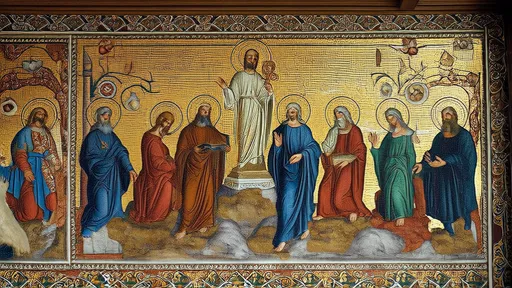
By /Jul 9, 2025

By /Jul 8, 2025

By /Jul 8, 2025
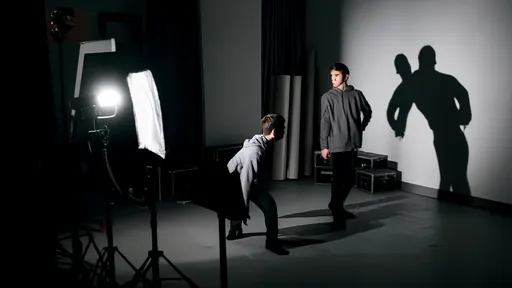
By /Jul 8, 2025
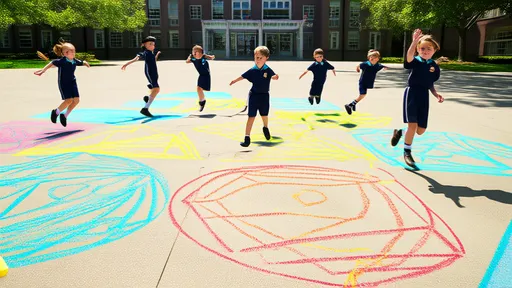
By /Jul 8, 2025
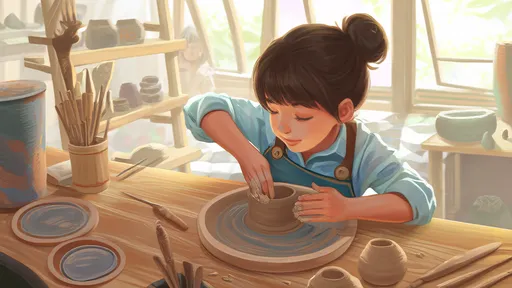
By /Jul 8, 2025
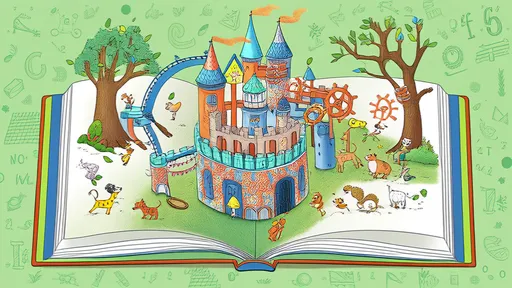
By /Jul 8, 2025

By /Jul 8, 2025
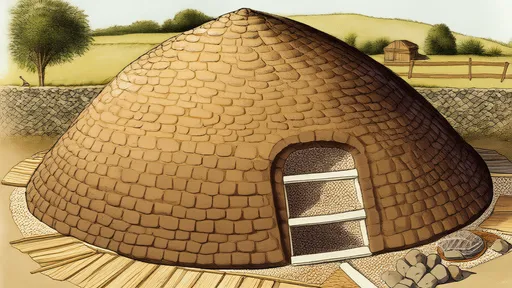
By /Jul 8, 2025
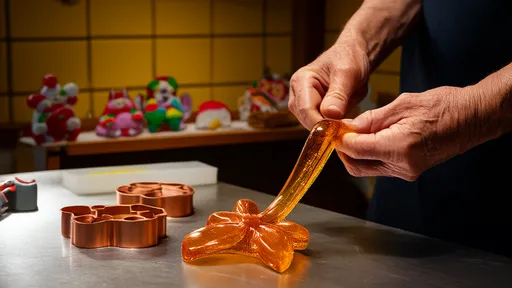
By /Jul 8, 2025
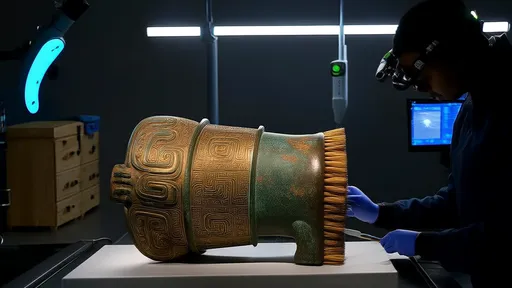
By /Jul 8, 2025

By /Jul 8, 2025
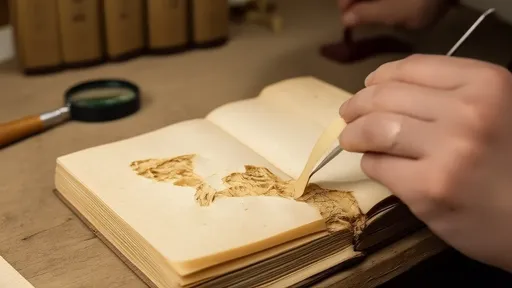
By /Jul 8, 2025

By /Jul 8, 2025

By /Jul 8, 2025
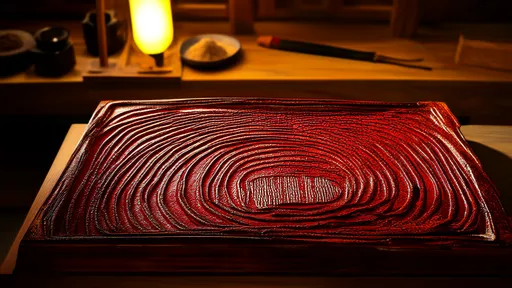
By /Jul 8, 2025
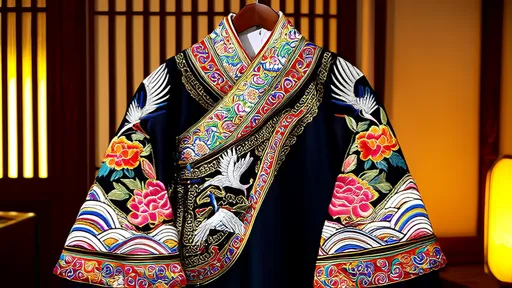
By /Jul 8, 2025